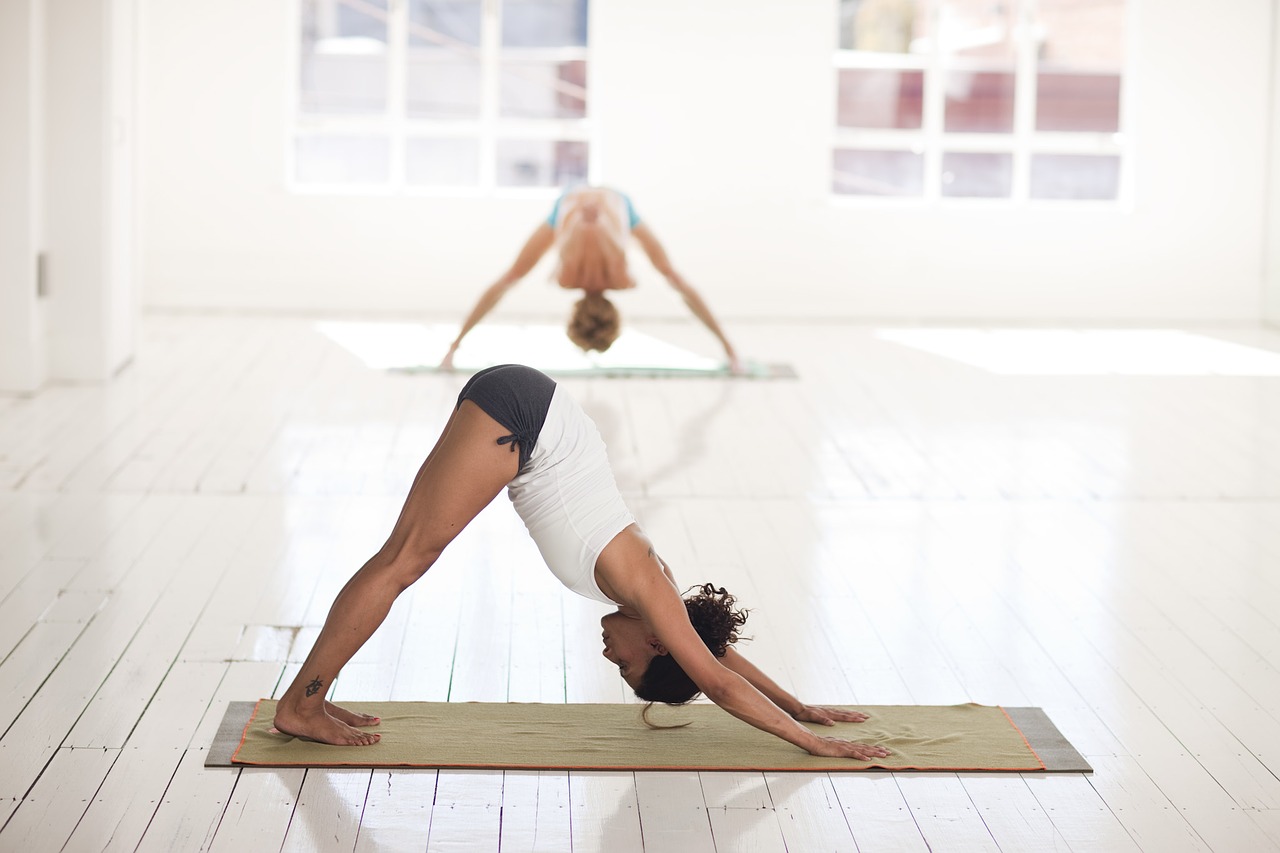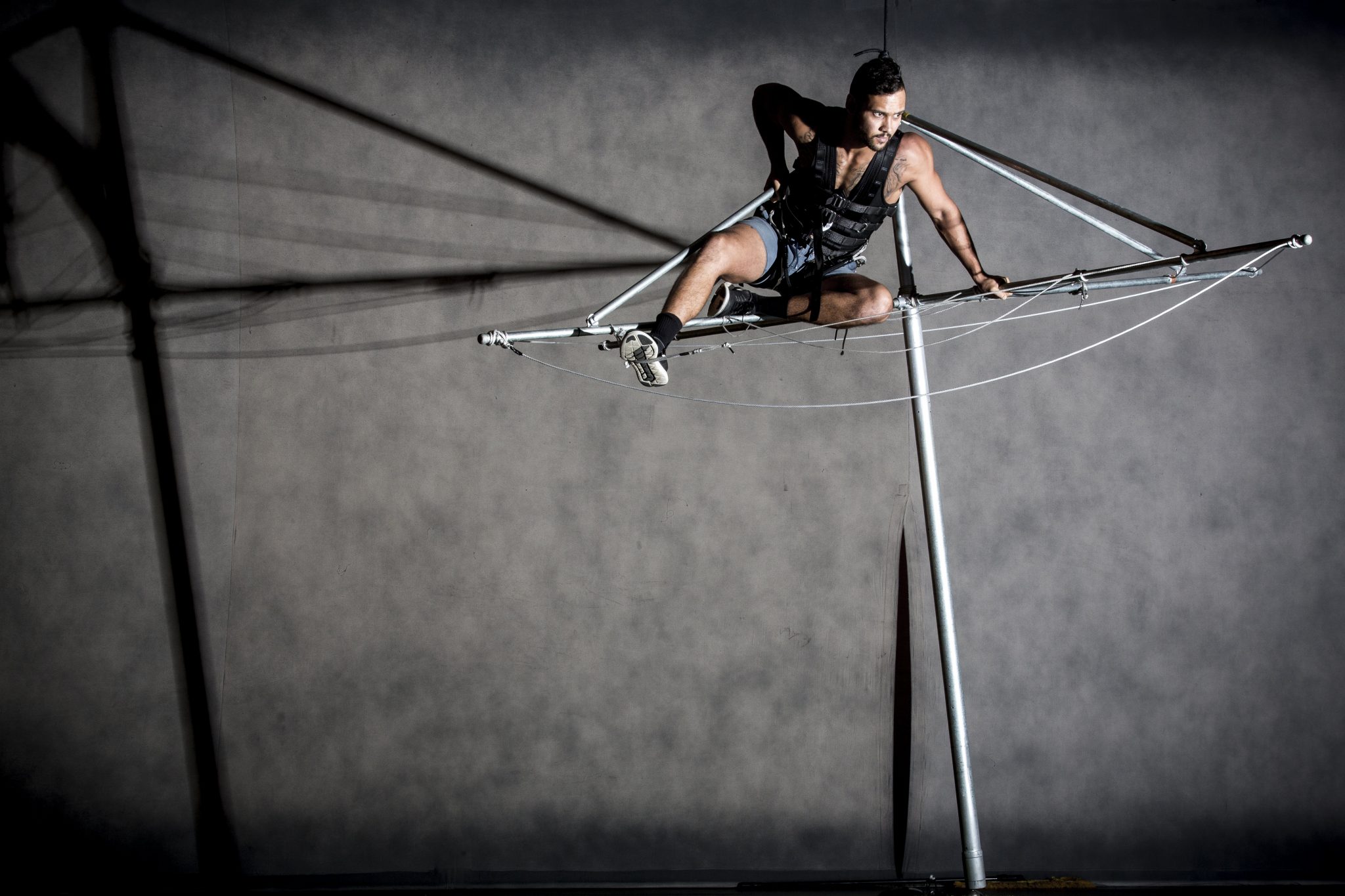

Safe stretching for dancers
Every dancer is constantly striving to improve their flexibility. In today’s world of social media and competitions, flexibility is being pushed to its limits further than it has been in the past. How much is enough flexibility? How much is too much? Is there a way to achieve extraordinary range safely?
Over the years, the type of stretching we do has changed due to the increase in research and evidence into how our muscles respond to different forces.
Below are definitions of different types of stretching:
Ballistic stretch: A brief, bouncing, swinging stretch
- Advantage – useful for coordination
- Disadvantage – high risk of injury
Dynamic stretch: Controlled, dance-like movements that prepare the body for activity
- Advantage – improves coordination without risk of injury
- Disadvantage – not as effective as static stretch in producing long-term gains in flexibility
Static stretch: Held for at least 30 seconds
- Advantage – useful in maintaining flexibility
- Disadvantage – needs to be regular to produce long-term gains in flexibility. Weakens muscles and decreases proprioception following stretch for approximately 1 hour thereby increasing chance of injury in this time
PNF (Proprioceptive Neuromuscular Facilitation)
- Advantage – effective in producing long-term flexibility over time
- Disadvantage – needs professional guidance to avoid risk of injury
Over-stretching: Taking any joint past its natural physiological range
- Advantage – None – there are safer and more effective ways of achieving extraordinary range
- Disadvantage – stretches the ligaments and capsule that would normally help support the joint
Increasing range is not just about stretching muscles. There are other anatomical structures that can be restricting your range. Have you ever tried to stretch your hamstrings lying on your back but you only feel the “stretch” in your calf? Do you feel a widespread sensation throughout the back of your leg or do you feel a pinch in the front your hip? In these scenarios, the hamstring is not the limiting structure—something else is stopping you from achieving greater range. What you need to do is analyse what is actually limiting your range and release that structure off.
So, what else is there that could be stopping you from increasing your flexibility? Lets look at the different things you might feel when stretching your hamstring and what might be causing it:
- Widespread feeling throughout the back of your leg – Fascia
- Straight line sensation, could be in a different area to the muscle you are trying to stretch e.g. in your calf – Nerve
- Sensation deep in the hip joint – Joint capsule
- Pinching in the front of the hip – Ligaments, tendons or capsule being pinched
- Blocked feeling that you can’t go any further – Joint, bony restriction
- A pulling feeling in the middle of your hamstring – Muscle
It is important to listen to what your body is telling you and to take note of what sensations you are feeling. For example, if you are feeling your hamstring stretch in your calf, you are going to be pulling on your nerves and not stretching your hamstring muscle. You will likely find that you will not be able to progress with your flexibility until you have cleared the nerve restriction. Dancers should experiment carefully under the direction of experienced teachers or health care professionals to find the optimal stretching technique for their physique.
It is also important to remember that achieving extreme flexibility is not any good to someone who is missing the other crucial pieces of the performance puzzle such as strength, intelligence, artistry, technique and emotion. There are also choreographers and company directors, particularly in classical ballet, that find the over-split line in leaps, arabesques and other movements inappropriate for the aesthetics of the art form and dislike seeing these acrobatic/contortion skills slip into the choreography. While removing limitations in range of motion can free the body for expression, it is essential to show restraint and mindfulness in displaying this kind of freedom.
Do’s and Do not’s of stretching:
- do not stretch cold muscles
- do stretch before and after exercise (active stretching during the warm up, static stretching during the cool down)
- do stretch all muscle groups
- do stretch gently and slowly; do not bounce
- do stretch gently to the point of mild discomfort, never pain
- do not hold your breath; breathing should be slow and easy
- do not make stretches competitive
- do not perform partner stretching as your partner cannot judge your pain
- do stretch muscles and their connective tissue (fascia)
- do not elongate ligaments and joint capsules
Remember: pain is not progress but a signal that you have gone too far.
Happy Holidays and look after yourself during your break.
Sorry, the comment form is closed at this time.



